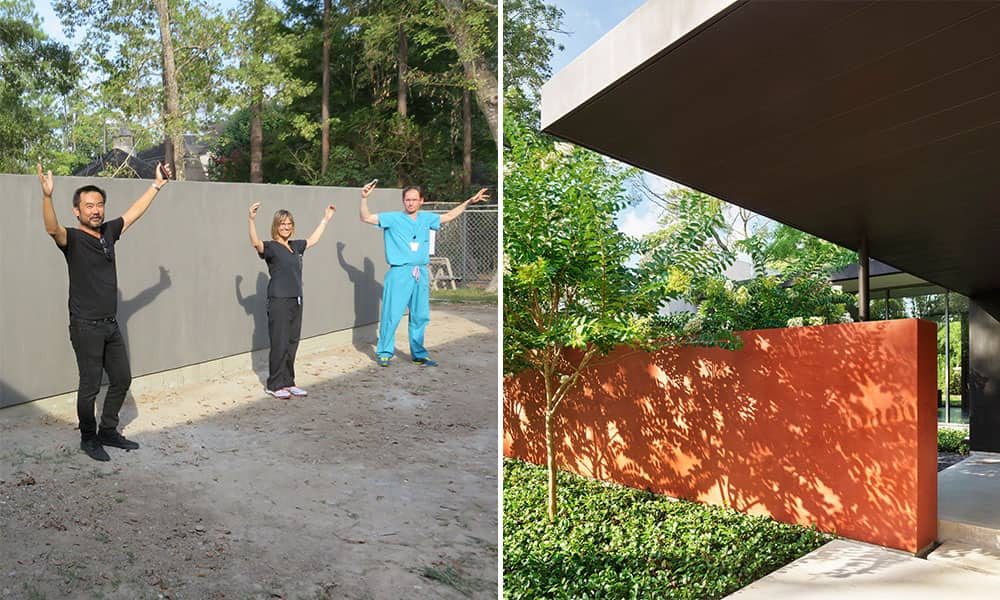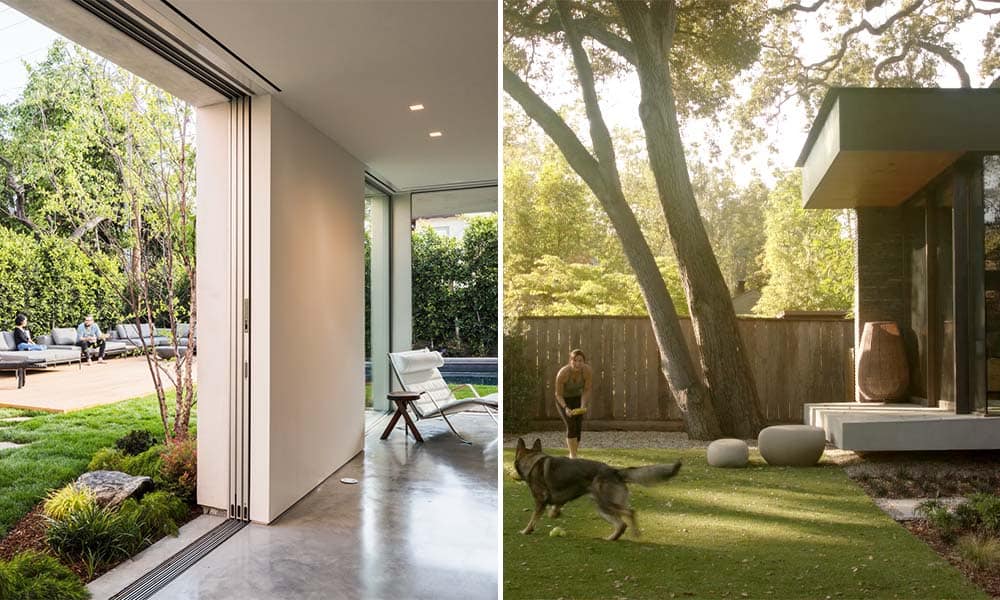.jpg?width=1200&name=IMG_5551%20(EYRC%20evaluating%20plot%20with%20clients).jpg)
When it comes to designing a custom home, many people wonder what it might be like to work with an architect. How, exactly, is it that an architect is capable of understanding an owner’s wishes in order to translate it into the home that they have always dreamed of?
While the design process varies substantially from project to project—there is no one-size-fits-all approach that will work for every home—what is undoubtedly true is that all successful projects are built upon trust and collaboration. These are trademarks of our residential projects, and form an integral piece of our firm’s perspective. Simply put, without these two ingredients, it is difficult to bring a project through to completion.
A Relationship Built On Trust
The architect is, of course, there to provide a technical service to the client in designing a functional and structurally sound house. But beyond this, it is the architect’s duty to understand the client’s goals, wishes, and aspirations for the home, and to use their expertise to turn these aspirations into a reality.
 To gain the necessary understanding, most architects and designers have built questions into their processes. If a client says that they like a certain style of architecture, for example, the architect is likely to ask for more information:
To gain the necessary understanding, most architects and designers have built questions into their processes. If a client says that they like a certain style of architecture, for example, the architect is likely to ask for more information:
What do you like about it? What aspect of the style resonates with you? When you look at this particular example, what emotions are evoked? What emotions do you hope to capture in the finished design?
These questions serve an important purpose. By asking them, we are better able to put ourselves in the shoes of our clients and see the project from their unique perspective. This requires that a client trusts us enough to be open and honest about themselves, and willing to question their own preconceived notions about why they like what they like.
The simple truth is that two people who appreciate California Modernism, for example, might do so for very different reasons. Person A might love the way in which the blurring of indoor and outdoor spaces helps them feel connected to nature. Person B, on the other hand, might be inspired more by personal memories or connotations—a family home which holds a joyous spot in their heart.
 By understanding these motivations, we are better suited to make them a reality.
By understanding these motivations, we are better suited to make them a reality.
It’s also worth noting that sometimes clients will have goals that contradict themselves, and not even realize it. For example, you might want a highly sustainable structure on the one hand, but on the other want to use a highly inefficient material. It’s a part of the architect’s job to help the client understand how these goals are competing with each other so that a new solution can be found, and this of course requires that a client trusts the architect’s expertise.
A Collaborative Approach
The most memorable, impactful, and lasting projects tend to be those which are conceived of in a collaboration between the architect and the client—when the client has ideas and goals and inspiration, but also gives the architect a certain level of creative freedom in bringing making those a reality.
Why?
Simply put, most architects can take a client’s design inspiration and instructions and turn them into a home that the client will be happy with; it’s simply a matter of checking the required boxes.
But when a client gives us the ability to explore interesting motifs and themes, that’s where the real magic can happen—because in addition to delivering upon the initial requirements of the project, we also have the freedom to surprise. To create a design that in being revealed makes the client go, “Oh, wow! I never would have thought to do it that way.”
 Share your goals and your vision, but also allow the architect to use their expertise to bring that vision to life and be flexible in doing so. We cherish the back and forth relationship we have with our clients, and how it often leads to unexpected results.
Share your goals and your vision, but also allow the architect to use their expertise to bring that vision to life and be flexible in doing so. We cherish the back and forth relationship we have with our clients, and how it often leads to unexpected results.
Partners in Design
At the end of the day, the architect’s only real desire is to deliver a design that the client will be happy with. In order to do so, the architect needs to truly understand their client’s motivations and dreams, and that requires a certain level of vulnerability on the part of the client. When the client-architect relationship is built on trust and collaboration, that’s when true magic can manifest.

Written by Natalie LaHaie
Natalie LaHaie is the Business Development and Marketing Director at Ehrlich Yanai Rhee Chaney Architects (EYRC). She is a graphic designer by trade and a natural strategic thinker, employing design to express vision, direction, and values. With over a decade of experience in the field of architecture and design, she admires the role of architecture in bringing people together from all backgrounds and walks of life - specifically through community, education, and civic buildings.
